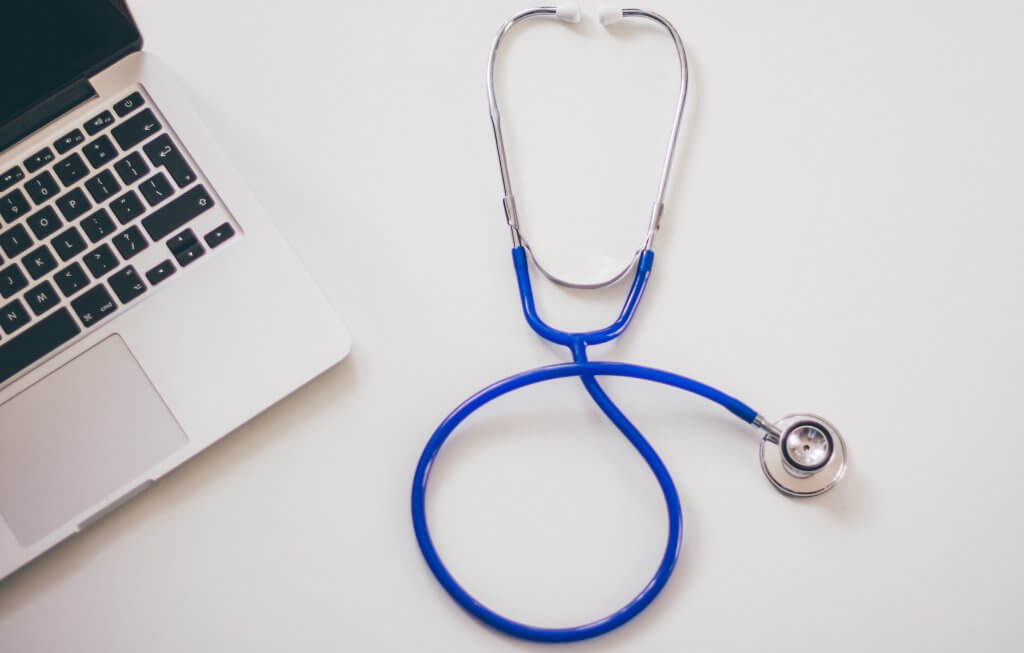HEALS ACT: What is in it for physicians and business owners?

Important HEALS Act provisions for physicians and business owners: By Syed Nishat & Aadil Zaman
The Health, Economic Assistance, Liability Protection and Schools (HEALS) Act is a $1 trillion stimulus package introduced to the Senate to supplement the earlier CARES Act. Here is a summary of some of the provisions in the proposed act.
New PPP Loan:
This provides $190 billion of committed and appropriated funds for the PPP (Paycheck Protection Program) and new “PPP Second Draw Loans,” which will allow certain entities to take a second draw PPP loan. This loan, which aims to assist smaller firms most affected by the pandemic, would be taken at 2.5 times the firm’s average monthly payroll to a limit of $2 million. To be eligible for the loan, businesses must have 300 or fewer workers and must show that they lost at least 50% in revenue in one of the first two quarters of 2020 compared to 2019. For a firm to qualify for loan forgiveness, it must spend 60% of the loan funds on payroll, with the rest used for eligible non-payroll costs. This update reserves $25 billion for business with fewer than 10 employees, and it also sets aside $10 billion for community lenders to access second draw loan funds. It also rescinds $100 billion in unspent PPP funds from prior legislation, immediately appropriating it for the new program costs.
SBA Loan:
This provision allocates $100 billion for recovery sector loans through the Small Business Administration’s 7(a) loan program. Under this type of loan, recovery sector businesses can receive 2 times their annual revenue, with an upper limit of $10 million. The loan has a 20-year maturity and a 1% interest rate, allowing borrowers to defer payments for up to 2 years. To qualify, businesses must have 500 or fewer workers and meet the SBA’s size standards, and they must have lost 50% of their revenue compared to 2019. Further, the business must be either a seasonal business or be in a specified low-income census tract.
Safe Harbor Rule for Loan Forgiveness:
This provides a safe harbor from enforcement actions for lenders who issued loans in good faith based on borrowers’ certifications. It also simplifies the loan forgiveness application by allowing borrowers with loans under $150,000 to give good faith attestations that they complied with the rules, though they must retain their records for three years. For borrowers with loans between $150,000 and $2 million, they no longer have to provide their lender documentation on payroll and other expenses as was stipulated in the CARES Act, but they do need to certify that the information is correct as well as retain the records for three years.
Payroll Tax Credit:
This sets up a payroll tax credit for 50% of expenses that employers incur between 3/13/2020 and 1/1/2021 on items purchased to make workplaces safer, such as cleaning supplies and personal protective equipment. There is a limit of $1000 per employee for the first 500 employees, $750 for each employee between 500 and 1000, and then $500 for each employee over 1000. The provision provides a similar credit for farmers, sole proprietors, and certain other self-employed people.
Employee Retention Credit:
While the CARES Act allowed employers to claim a credit for 50% of employee wages, the new employee retention credit allows employers to claim 65% of employee wages. Under the CARES Act, eligible business had to close down or lose at least 50% of their quarterly gross receipts and was applied to up to $10,000 in wages per employee. This bill reduces the revenue loss threshold to 25% and increases the credit to up to $10,000 in wages per employer per quarter, with a limit of $30,000 for the year. In another change from the CARES Act, previously businesses with more than 100 employees could claim the credit only for wages paid to an employee on payroll who was not working. As this situation has become less likely as businesses re-open across the country, this act adjusts the requirement to businesses with more than 500 employees, which allows more businesses to base the credit on the full wages paid to an employee.
Unemployment Assistance for Self-Employed/Independent Contractors:
Under the new act, independent contractors and other types of workers who are receiving unemployment benefits in the pandemic unemployment assistance program are no longer allowed to only self-certify that they lost income because of related economic conditions. They must provide documentation that they were employed or self-employed to continue to receive benefits.
Temporary Full Deduction for Business Meals:
In an effort to stimulate demand for meals at restaurants, the new act would raise the current legal deduction for business meals from 50% to a full deduction. This temporary measure would be in effect through 12/31/2020, and it would raise the deduction to pre-1986 levels.
Liability Protection:
This provision would give liability protection to health-care providers, employers, and schools to limit lawsuits brought against them for exposure to COVID-19. However, even with this protection, gross negligence would not be exempted and would still be subject to legal claims.
Executive Order for Unemployment Benefit:
The executive order signed by President Donald Trump to provide extra unemployment benefits is still being negotiated, with details not completely decided. The amount of the weekly benefit was initially said to be $400, but new information from the Department of Labor indicates it may actually be $300. There is also some debate about the percentage covered by the federal government and that covered by the states, as well as who would be eligible to receive the additional money.
We are closely monitoring the new developments and negotiations in HEALS Act and will try our best to keep you well informed in this crucial time.
Please call Syed Nishat or Aadil Zaman at 646-783-7561 or 646-783-7562 if you have any questions. You can also email us at operations@wallstreetag.com.